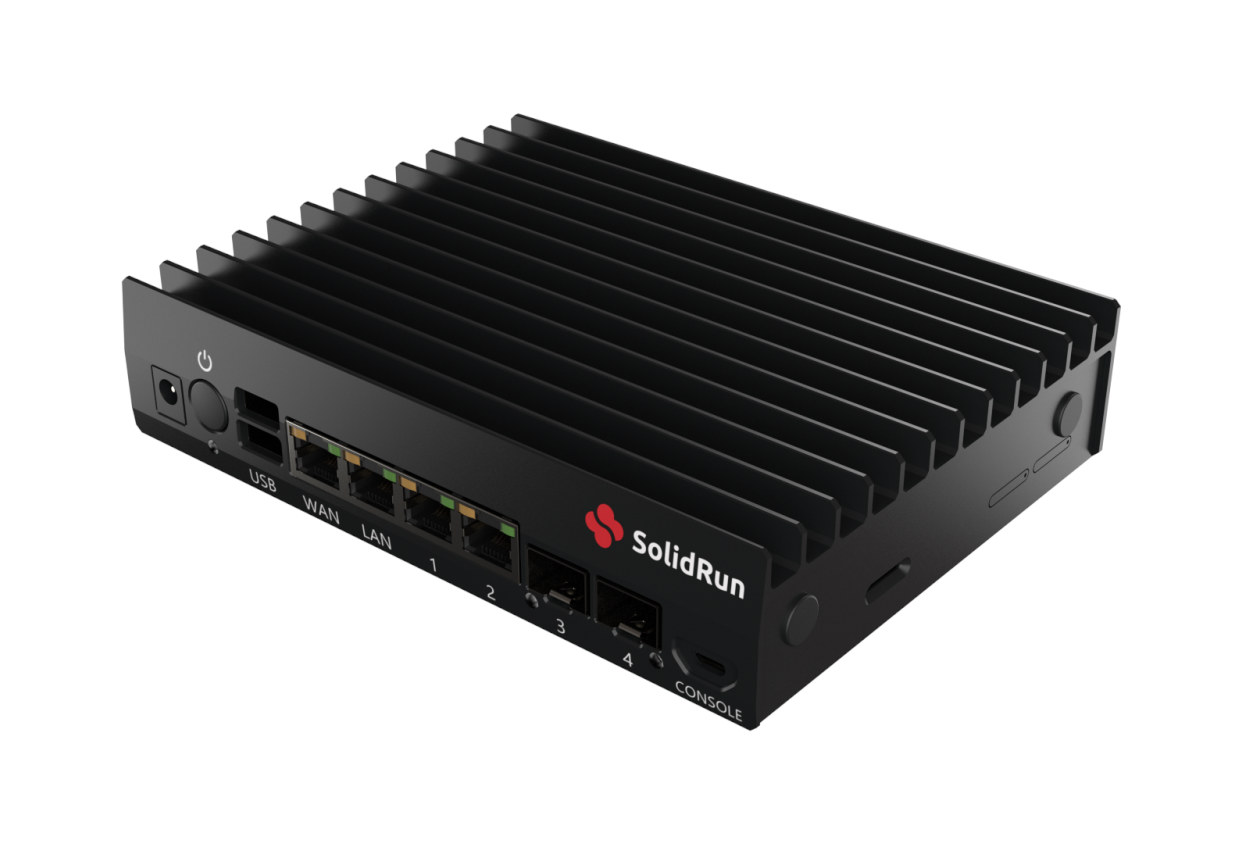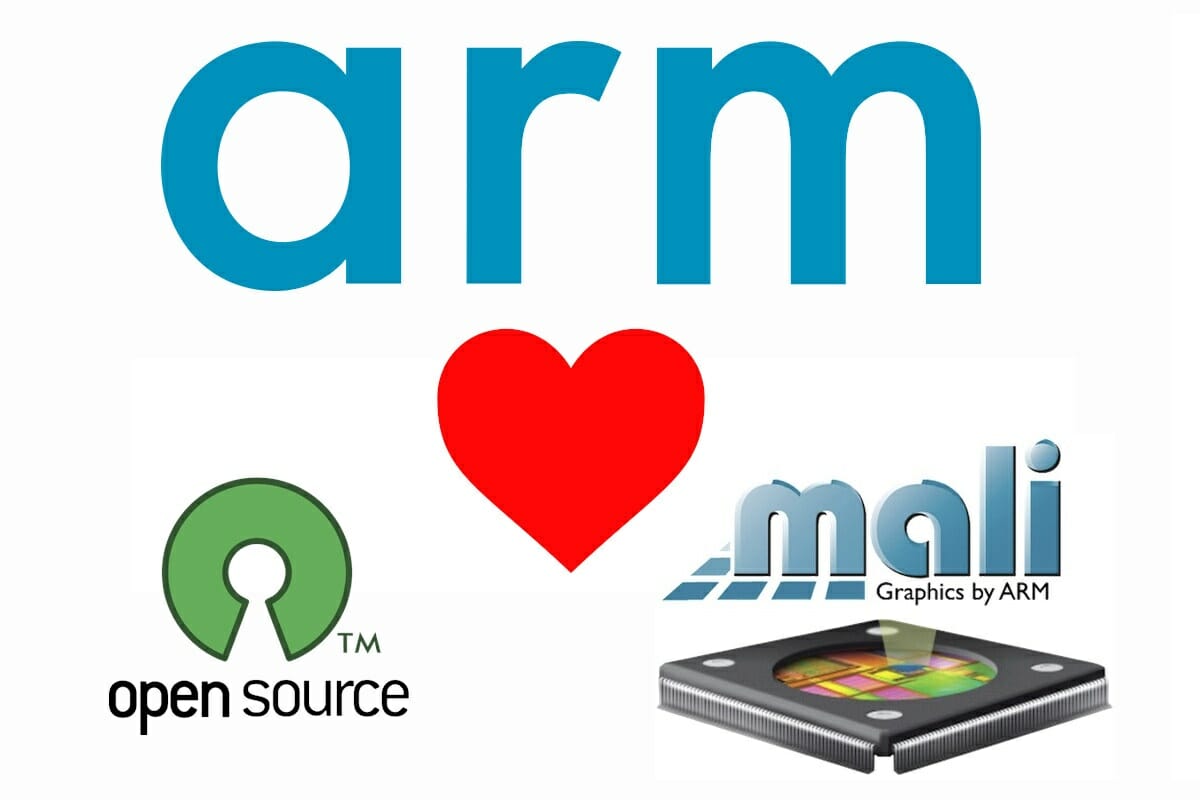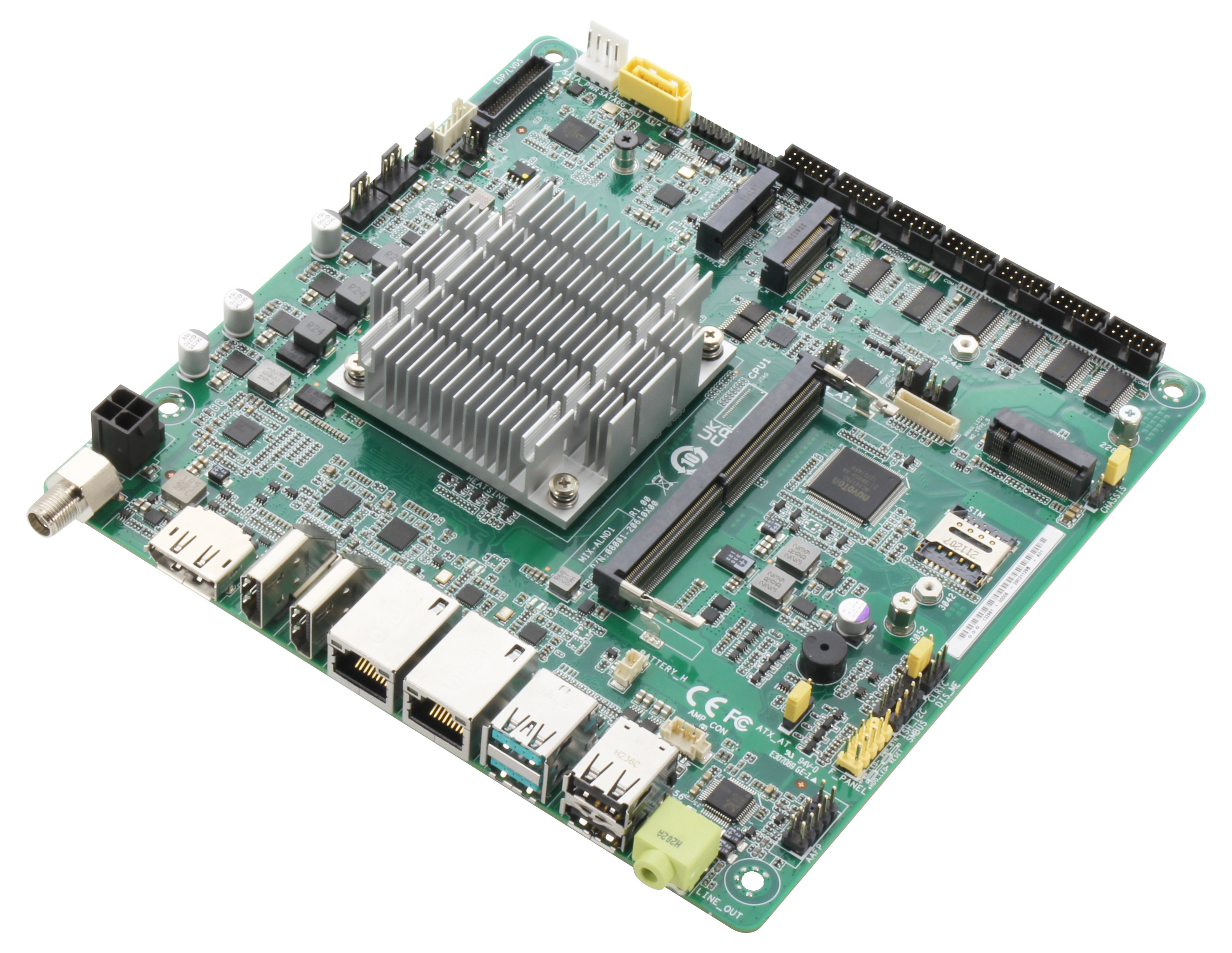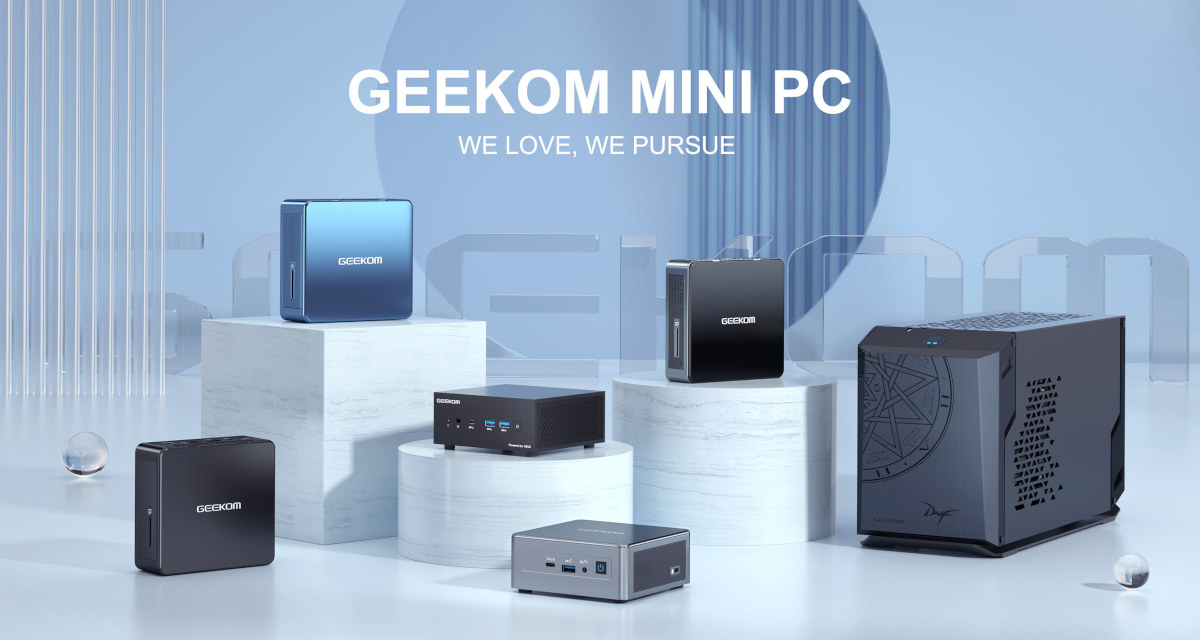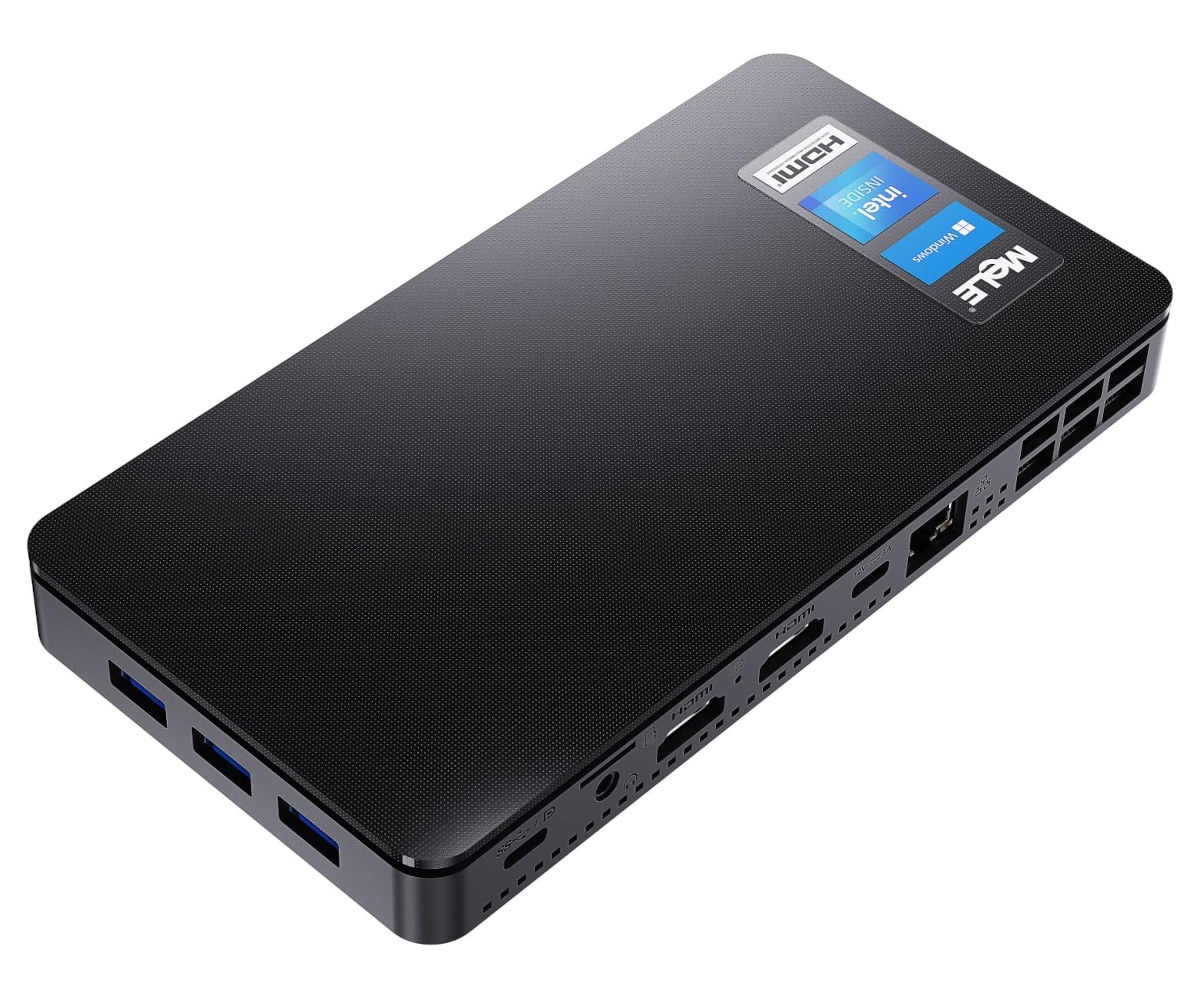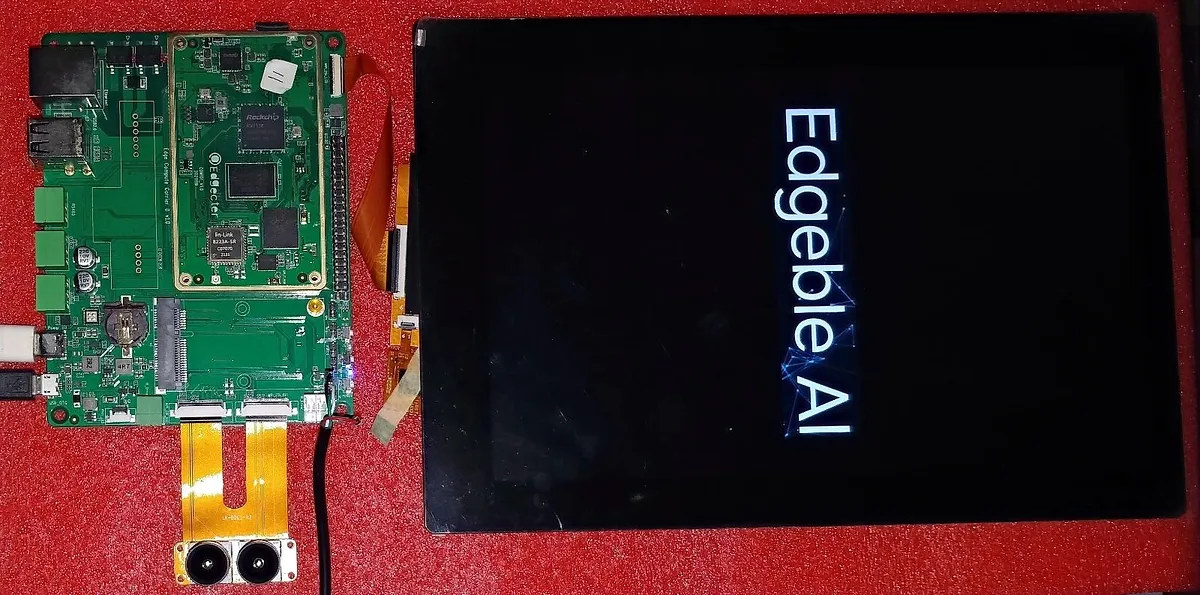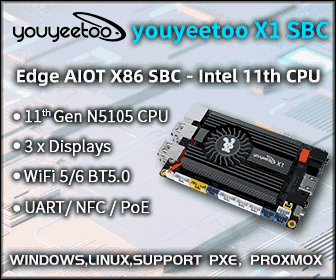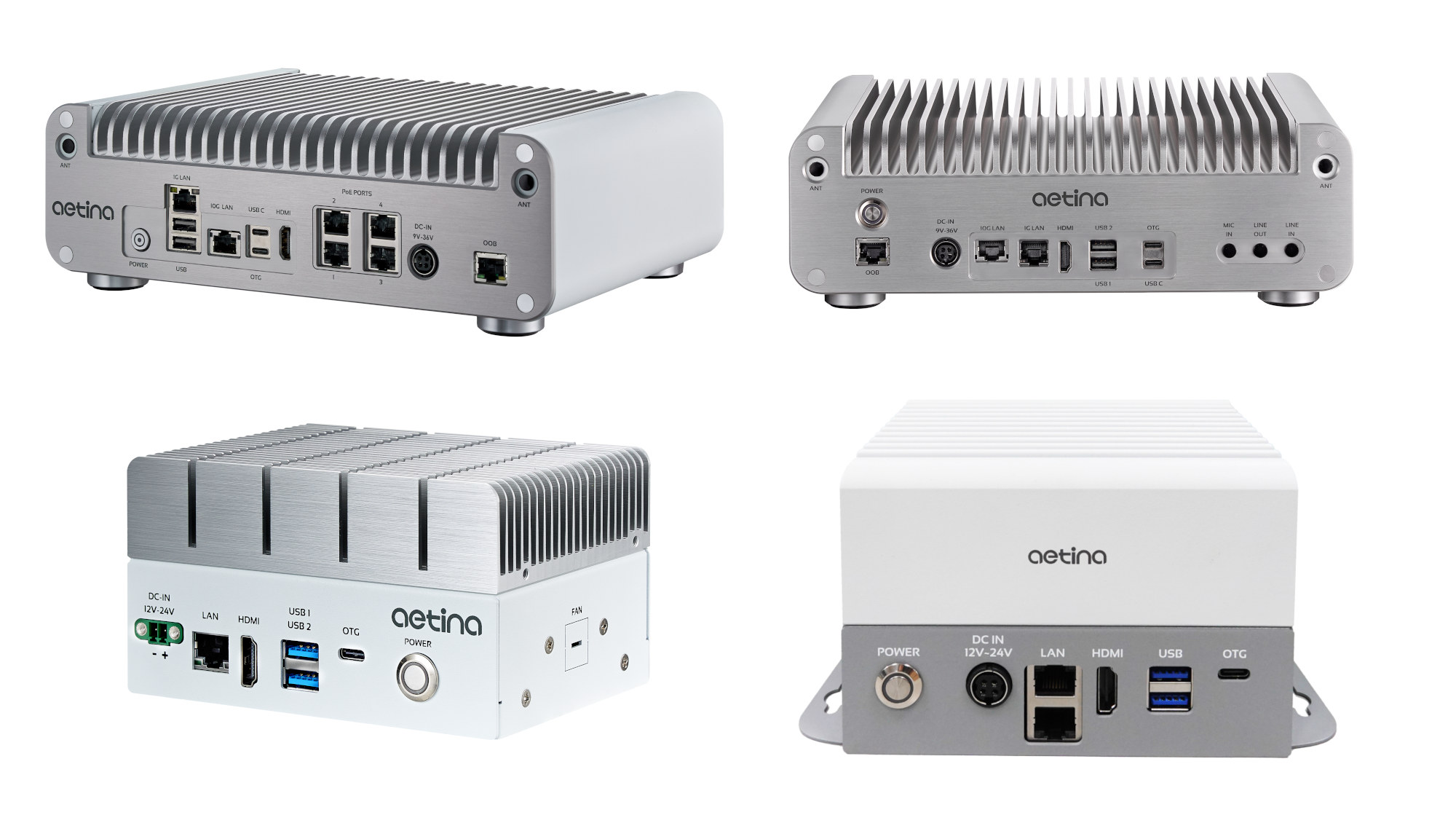SolidRun has just introduced the SolidWAN CN9131 SD-WAN appliance powered by a Marvell OCTEON CN9131 quad-core Cortex-A72 processor and with a compact form factor and features that makes it suitable for small offices. The Linux-based Software Defined-WAN appliance comes with 4GB to 8GB RAM, 8GB to 64GB eMMC flash storage, plus M.2 SATA and NVMe sockets, and offers four GIgabit Ethernet ports and two 10GbE SFP+ cages for networking connectivity, as well as two USB 3.0 ports. SolidWAN CN9131 specifications: System-on-Module – CN9130 SOM with SoC – Marvell OCTEON CN9131 quad-core Arm Cortex A72 clocked at up to 2.2GHz System Memory – 4GB – 8GB (4GB default) 64-bit DDR4 @ 2400MT/s Storage – 8GB eMMC flash with options up to 64GB, 8MB SPI NOR flash Storage M.2 SATA and/or NVMe SSD (See Expansion section) MicroSD card slot accessible from the outside Networking 2x 10GbE SFP+ cages 4x Gigabit Ethenret RJ45 […]
Arm: “Panfrost is now the GPU driver for the Linux community”
Arm is now saying that “in effect, Panfrost is now the GPU driver for the Linux community” after having extended and expanded the collaboration with Collabora for the development of the open-source Panfrost driver for Arm Mali GPUs, following their first official collaboration in the fall of 2020. Arm goes even as far as to claim that “through the Arm and Collabora partnership, device manufacturers can confidently choose SoCs containing a Mali GPU regardless of the software operating system (OS) and graphics middleware… delivering a high-quality open-source Linux implementation which can be used in their products”. Collabora confirmed the new partnership saying Arm will be instrumental in getting Vulkan support in Panfrost alongside the existing OpenGL and OpenGL ES implementations. Going forward that means SBC vendors will have no excuse for not getting 3D graphics acceleration working on Linux with Panfrost when using an Arm SoC with a recent Mali […]
Industrial Mini-ITX motherboard features Intel Processor N50 dual-core Alder Lake-N processor
AAEON MIX-ALND1 is an industrial mini-ITX motherboard based on the entry-level Intel Processor N50 dual-core Alder Lake-N SoC with multiple video output options (HDMI, DP, eDP, LVDS), two Gigabit Ethernet ports, and plenty of serial headers for RS232, RS422, or RS485 communication. The motherboard supports up to 32GB DDR5 memory, one SATA drive, and one M.2 NVMe or SATA SSD drive. It implements a hardware monitor for voltage, temperature, and fans, features such as PXE and WoL, and takes 12V power via a 4-pin connector or a lockable DC jack. MIX-ALND1 mini-ITX motherboard specifications: SoC – Intel Processor N50 dual-core processor up to 3.40 GHz with 6 MB cache, 16EU Intel UHD graphics up to 750 MHz; TDP: 6W System Memory – Up to 32GB single-channel DDR5 4800MHz via SODIMM socket Storage 1x SATA III with power connector 1x M.2 2280 M-Key for NVMe or SATA SSD 256Mbit flash for […]
The GEEKOM Mini PC might just be your next Intel NUC (Sponsored)
Intel introduced its Next Unit Computing (NUC) Line of mini PCs in 2012, with a vision of making PC systems that are small enough to fit into the palm of your hand, yet powerful enough to handle day-to-day desktop computing. Although several NUC models are still best-sellers in the market, Intel chose to step away from the business. As disappointing as Intel’s exit from the market is, it’s comforting to know that GEEKOM, a multinational consumer electronics company, promises to keep Intel’s vision of compact computing alive. In fact, GEEKOM’s Mini IT series mini PCs have long been considered as some of the best alternatives to the Intel NUC Pros. The GEEKOM Mini IT12 is similar to the NUC 12 Pro Wall Street Canyon in many ways. The two mini PCs have the same shape and size. But unlike the NUC 12 Pro, which is powered by Core-P processors, GEEKOM […]
MeLE Overclock3C mini PC boosts Celeron N5095 performance with a 18W TDP
MeLE Overclock3C is an ultrathin mini PC based on an Intel Celeron N5095 Jasper Lake processor, but instead of using the default 15W TDP, the company is pushing the processor harder than usual with the TDP set to 18W which should provide more performance in theory, as long as cooling is working well. The rest of the specifications are pretty standard with up to 16GB DDR4 SO-DIMM memory, up to 512GB storage, two HDMI 2.0 ports, a 3.5mm audio jack, Gigabit Ethernet, WiFi 6 and Bluetooth 5.2, as well as four USB 3.2 ports. MeLE Overclock3C specifications: SoC – Intel Celeron N5095 quad-core Jasper Lake processor @ 2.0GHz / 2.9GHz (Turbo) with 4MB cache, 16EU Intel UHD Graphics; TDP: 18W (up TDP) Memory / Storage options 4GB single-channel DDR4 upgradeable up to 32GB, 128GB eMMC flash, M.2 NVMe socket 8GB single-channel DDR4 upgradeable up to 32GB, 256GB eMMC flash, M.2 […]
Edgeble AI Neural Compute Module 2 (Neu2) follows 96Boards SoM form factor
Edgeble AI’s Neurable Compute Module 2, or Neu2 for shorts, is a system-on-module for computer vision applications based on the Rockchip RV1126 quad-core Cortex-A7 camera processor that follows the 96Boards SoM form factor. I first found the Neu2 and Neu6 (Rockchip RK3588) in the release log for the Linux 6.3 kernel, but at the time I found there was not enough information about those. The specifications for the Neu6 are still wrong (e.g. “64-bit processor with 4x Cortex-A7 core”) at the time of writing, so I’ll check the Neu2 system-on-module and its industrial version – the Neu2K based on RK1126K – for which we have more details. Edgeble Neu2 SoM specifications: SoC – Rockchip RV1126/RV1126K with CPU – Quad-core Arm Cortex-A7 @ 1.5GHz, RISC-V MCU @ 200MHz; (14nm SMIC process) GPU – 2D graphics engine NPU – 2 TOPS with INT8/INT16 VPU 4K H.264/H.265 video encoder up to 3840 x […]
Aetina introduces fanless NVIDIA Jetson Orin embedded box PCs with Ubuntu 20.04
Aetina has launched fanless edge AI embedded box PCs powered by NVIDIA Jetson Orin system-on-modules (SoM), namely the AIE-CN31/41, AIE-CO21/31, AIE-PN32/42, and AIE-PO22/32 models featuring the Orin NX or Orin Nano modules, and the AIE-PX11/12/21/22 and AIE-PX13/23 embedded systems fitted with the more powerful Jetson AGX Orin module. All new fanless Ubuntu 20.04 embedded computers are suitable for AI-powered applications and work in an operating temperature range of -25°C to +55°C. When I first read the email press release, I thought it was a refresh of an old PR since I had written about Aetina NVIDIA Jetson Orin Nano and Orin NX edge embedded systems last January. But those are new models with similar specifications, but housed in a fanless enclosure with a large heatsink, while variants unveiled at CES 2023 were all actively cooled. Let’s have a closer look at the AIE-CO21, AIE-CO31, AIE-CN31, and AIE-CN41 models with some […]
FCC and NIST unveils the Cyber Trust Mark, a voluntary US IoT security label
Representatives of the Federal Communications Commission (FCC) and the National Institute of Standards and Technology (NIST) have recently unveiled a U.S. national IoT security label at the White House called the “U.S. Cyber Trust Mark” to inform consumers about the security, safety, and privacy of a specific IoT and Smart Home device. IoT security has been a problem for years with routers shipping with telnet enabled with default usernames and passwords, vulnerabilities in SDKs, unencrypted passwords transmitted over the network, millions of devices with older microcontrollers without built-in hardware security features, etc… There have been industry efforts to solve this such as the Arm PSA initiative, as well as regulations to prevent default usernames/passwords in new devices, but nothing about IoT security that can help a consumer find out if a device is supposed to be secure or not. The Cyber Trust Mark is supposed to address this issue. The […]


